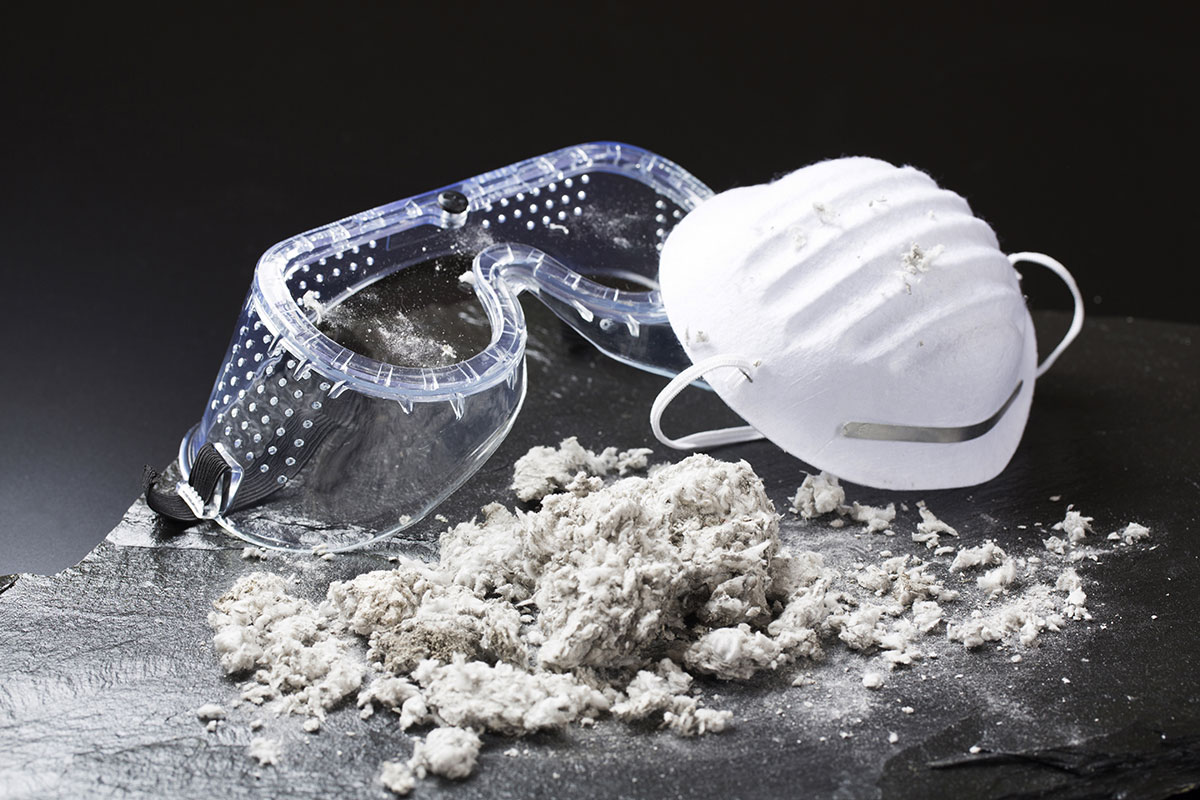Asbestos & Lead Abatement
Both asbestos and lead were commonly used in construction projects up until the late 1970s when the health risks were better understood and legislation was created to limit the use of these substances. Despite laws banning most uses of lead and asbestos, these substances still remain and can create health issues for workers in industrial settings. Many construction sites need asbestos abatement services to search for this dangerous mineral.

Where are asbestos and lead found?
Both asbestos and lead are materials that occur naturally. Asbestos is a fibrous mineral found in rocks and soil that has been used for its heat resisting properties in industrial contexts. Lead is another element found in the soil and water. In commercial settings, lead has been used in paint, pipes, batteries, ceramics, and more. When materials containing lead or asbestos are disturbed through demolition or building work, these toxic substances may be released into the air. Companies that offer an asbestos abatement service will search the site for asbestos.
What are the health risks?
Lead is a highly toxic metal and exposure to it can result in a variety of health problems. Because of its widespread use in building materials, lead overexposure is one of the more common kinds of overexposure in industrial environments. The accumulation of lead in the body can create headaches, abdominal pain, and muscle pain.
The severity of asbestos-related physical symptoms varies based on the extent of the exposure; the greater the exposure, the worse the reactions. It can take years for symptoms to develop, but asbestos exposure has been known to increase the risk of lung cancer, mesothelioma, and asbestosis. Since asbestos can be so deadly, proper asbestos abatement services should be used wherever asbestos might be.
Asbestos and lead abatement
Regulations
Before most building demolitions or renovations, the National Emission Standard for Hazardous Air Pollutants requires that asbestos inspections be administered, first to determine if asbestos is present, and second to minimize the release of hazardous particles. OSHA also requires that the presence of asbestos be disclosed to anyone who works in the facility. More laws and regulations regarding asbestos can be found on the EPA’s site.
OSHA also has regulations on lead in the workplace. According to the Lead Standard for the Construction Industry, the permissible exposure limit is 50 micrograms of lead per cubic centimeter of air over an eight hour period (OSHA Lead in Construction 7)
It is vital that you engage a waste management company that is experienced in asbestos and lead abatement to help keep your workers safe. For more information on training services or industrial services, contact Clean Management today.






